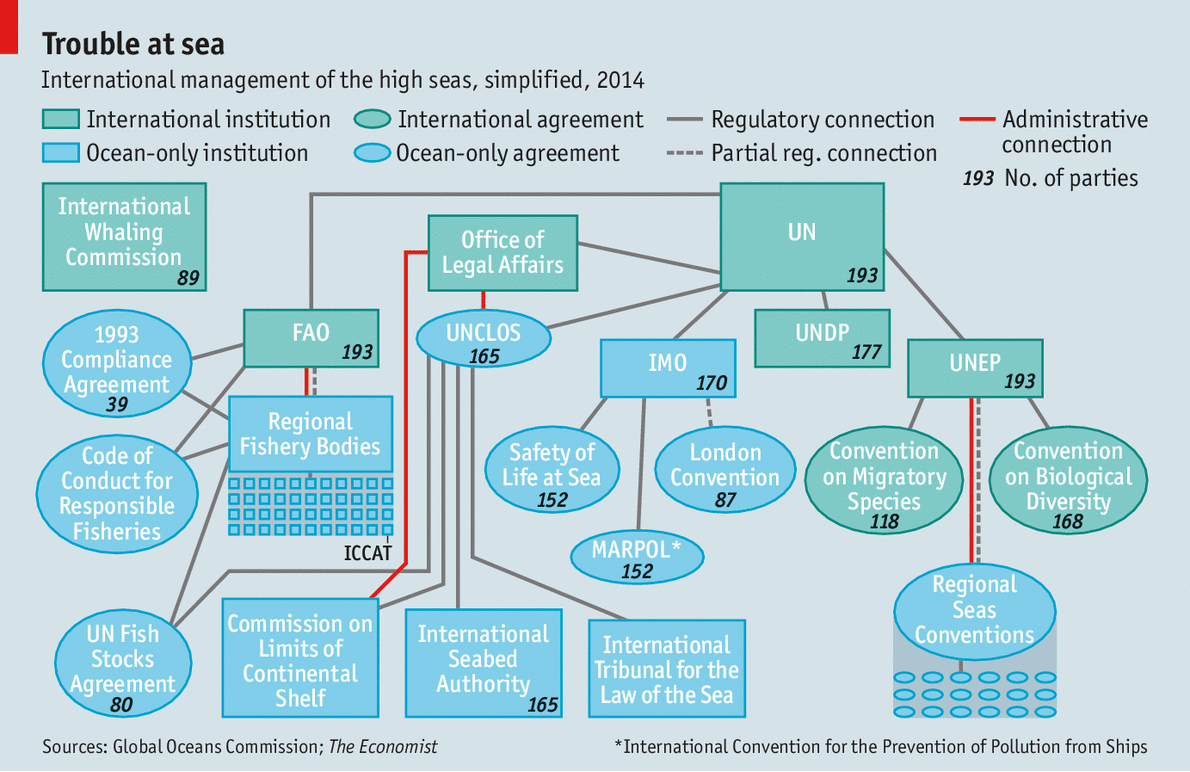In February 2013 INTERPOL launched a new programme, called Project Scale, aims to suppress criminal networks and the ships they run, which, by some estimates, account for one in every five fish caught every year.
David Higgins, head of the environmental-crime programme at INTERPOL, says that there are various indicators to suggest that organized crime is involved in illegal fishing. “It’s like an unlawful business that’s operating. Wherever money is to be made there will be criminals looking to exploit that industry.”
Officially launched in Lyons, France, and falling under the auspices of INTERPOL’s environmental-crime programme, Project Scale is backed by funding from the Pew Charitable Trusts, a charity organization, and will work in tandem with a working group on fisheries crime. The main purpose of the programme will be to collect data on what is a very murky area and provide a forum in which those responsible for enforcing maritime laws across the globe can exchange intelligence.
It is unclear at present exactly how much fishing falls into the overlapping categories of illegal, unreported and unregulated — known in the business as IUU. A widely cited 2009 study puts it at between US$10 billion and $23.5 billion, and between 11 million and 26 million tonnes of fish.
Illegal fishing has been blamed for devastating not just fish populations but also local economies in developing nations. Somalia’s recent outbreak of piracy has been attributed at least in part to fishermen seeking alternative incomes after their former livelihoods were destroyed by IUU ships.
Some IUU activity is likely to be small-scale unreported fishing done by otherwise legal vessels. At the other end of the spectrum, there are thought to be completely illegal fishing vessels run by large-scale criminal organizations.
“It’s a complex problem and a global problem. The importance of INTERPOL is it brings together 190 countries and their experience of environmental crime,” says Anthony Long, who runs Pew’s campaign against IUU fishing. “The most important thing is they get countries starting to share information. INTERPOL is the first step in getting back into the battle.”
More here










